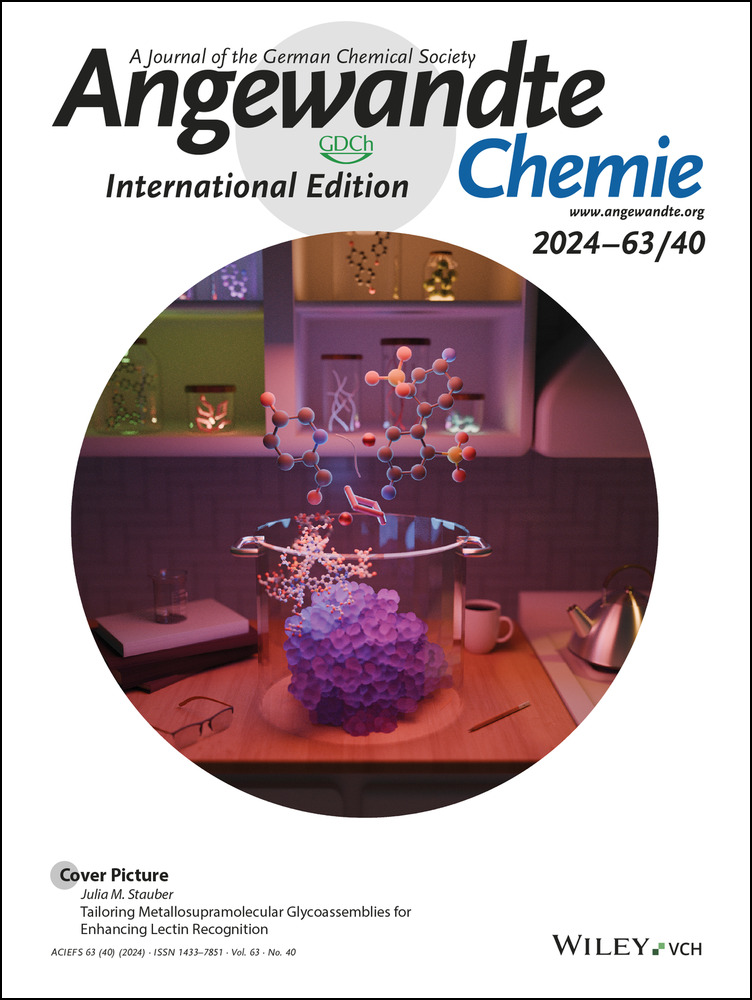Spatially Confined Engineering Toward Deep Eutectic Electrolyte in Metal-Organic Framework Enabling Solid-State Zinc-Ion Batteries
Graphical Abstract
A strategy to prepare a novel solid-state Zn2+ conductor by confining deep eutectic electrolytes into the nanochannels of metal-organic frameworks is proposed. The obtained DEE@PCN-222 solid state electrolyte exhibits appreciable Zn2+ conductivity and highly reversible Zn plating/stripping ability with long-term stability. DEE@PCN-222-based solid-state ZIBs achieved favorable reversibility and effective protection of electrodes.
Abstract
Uncontrollable interfacial side reactions generated from common aqueous electrolytes, just like the hydrogen evolution reaction (HER) and dendrite growth, have severely prevented the practical application of zinc-ion batteries (ZIBs). Solid-state ZIBs are considered to be an efficient strategy by adopting high-quality solid-state electrolytes (SSEs). Here, by confining deep eutectic electrolyte (DEE) into the nanochannels of metal-organic framework (MOF)-PCN-222, a stable DEE@PCN-222 SSE with internal Zn2+ transport channels was obtained. A distinctive ion-transport network composed of DEE and PCN-222 in the interior of DEE@PCN-222 realizes the efficient Zn2+ conduction, contributing to high ionic conductivity of 3.13×10−4 S cm−1 at room temperature, low activation energy of 0.12 eV, and a high Zn2+ transference number of 0.74. Furthermore, experimental and theoretical investigations demonstrate that DEE@PCN-222 with its unique channel structure could homogeneously regulate the Zn2+ distribution and effectively alleviate the side reactions. Highly reversible Zn plating/stripping performance of 2476 h can be realized by the SSE. The solid-state ZIBs show a specific capacity of 306 mAh g−1 and display cycling stability of 517 cycles. This unique design concept provides a new perspective in realizing the high-safety and high-performance ZIBs.
Conflict of Interests
The authors declare no conflict of interest.
Open Research
Data Availability Statement
The data that support the findings of this study are available in the supplementary material of this article.





